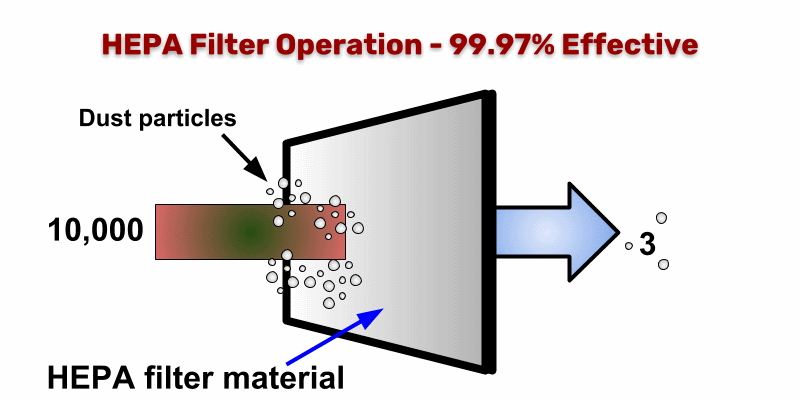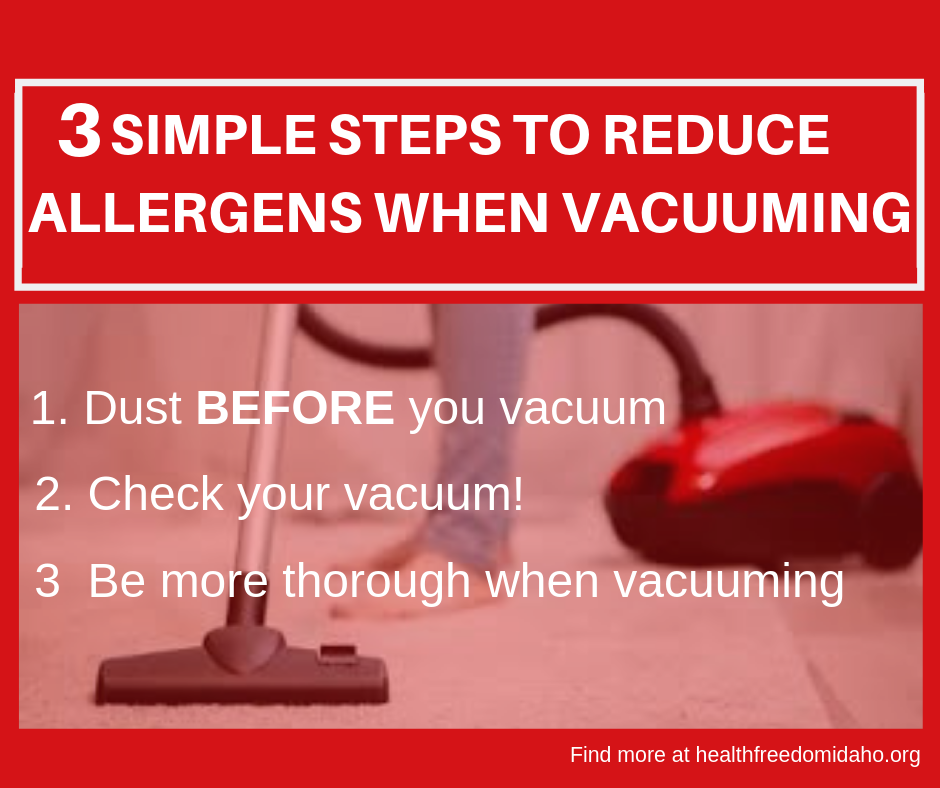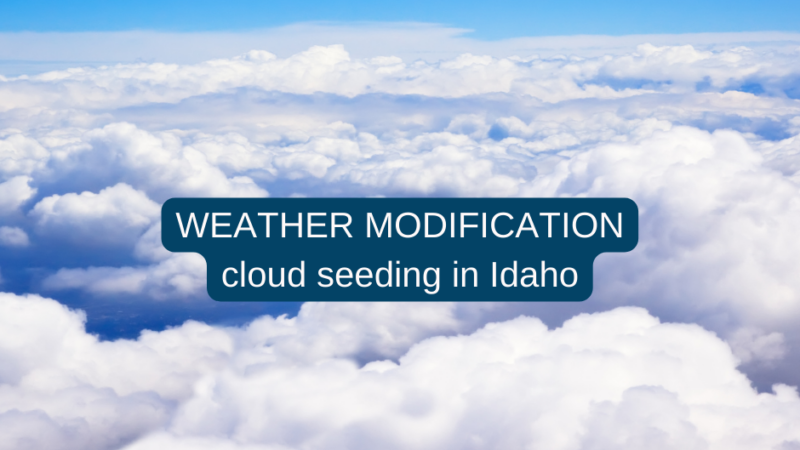DOES VACUUMING HELP ALLERGIES, OR MAKE THEM WORSE?

Sneezing is not always the symptom of a cold. Sometimes,it is an allergic reaction to something in the air. Health experts estimate that 35 million Americans suffer from upper respiratory tract symptoms that are allergic reactions to airborne allergens. If you own a bagless vacuum cleaner, you may think you’re getting rid of the dust, dirt, and pet dander that trigger your allergies or asthma, but you are actually making them worse.
Dust mites are perhaps the most common cause of perennial allergic rhinitis. House dust mite allergy usually produces symptoms similar to pollen allergy and also can produce symptoms of asthma.House dust mites, which live in bedding, upholstered furniture,and carpets, thrive in summer and die in winter. In a warm, humid house, however, they continue to thrive even in the coldest months.The particles seen floating in a shaft of sunlight include dead dust mites and their waste products.These waste products, which are proteins,actually provoke the allergic reaction.
Bagless vacuum cleaners are still very allergy unfriendly
Studies, the dirty outside of a bagless vacuum cleaner after a few uses, (and our experience) show that bagless vacuum cleaners spew fine dust and germs back into the air and onto your furniture, where they can set off allergies and spread infections. YIKES!
But there is good news! A good quality vacuum will suck up 99.9% of dust, dirt, and allergens and keep them in the bag where they can be cleanly and effectively disposed of.
Allergy sufferer then the vacuum’s filtration system quality should also be a primary concern
Vacuum, bag, and filter hepa technology has advanced so far that the newer bagged machines such as Riccar, Miele, and Lindhaus will nearly perfectly filter out every spec of dust, dust mites, mold spores, pollen, and pent dander and keep them in the bag.
HEPA stands for high-efficiency particulate air. A HEPA filter is a type of mechanical air filter; it works by forcing air through a fine mesh that traps harmful particles such as pollen, pet dander, dust mites, and tobacco smoke.
…when speaking of anti-allergy vacuums, the HEPA filtration technology is the most prevalent feature in the discussion. A high-quality filtration system such as HEPA prevents the dust and other foreign particles from being blown back into the air. HEPA has been designed support the suction at its best level, while filtering tiny air particles (which are sometimes even less than 0.3 microns).

If you truly want as dust free a home as possible, clean top to bottom.
Vacuum at least once a week is good, more in the high traffic areas and if you have pets.
1. Dust BEFORE you Vacuum
Start with the top corners where dust and cobwebs collect, then move down to furniture, curtain rods, tops of door frames, and pictures. There are good vacuum cleaner attachments and electrostatic or microfiber dust cloths available that are very good for this thorough type of cleaning. Remember, dusting with just a regular cloth or a feather duster will also spread the dust around your home. There are also attachments for cleaning ceiling fans and attachments for cleaning mini-blinds; both inconvenient to clean, and both phenomenal dust magnets.
2. Check your vacuum!
Check to make sure your vacuum cleaner bag is not already full. Make sure there isn’t a lot of debris or hair wrapped around the brush roll. Remove any large debris that is in the cleaning path.
Don’t forget the stairs, corners, edges, and baseboards. Using slow movements, pass the vacuum cleaner at least four times (yes, even a very good one) over each area. This allows the vacuum cleaner to collect microscopic particles and allergens that are deeply embedded in your carpet.
3. For an even more thorough job, work the carpet fibers in both directions: first go east to west, then go north to south or vice versa.

We also recommend not using powders on your carpet as these are hard on the motor and will clog the filter.
For professional advice on choosing the best vacuum for allergies consider calling Abbott’s Vacuum Center in Nampa, Idaho.
Article Contributed by Michelle Abbott
MORE RESOURCES:
National Institute of Health Publications: Airborne Allergens
Vacuum Guide for allergies




